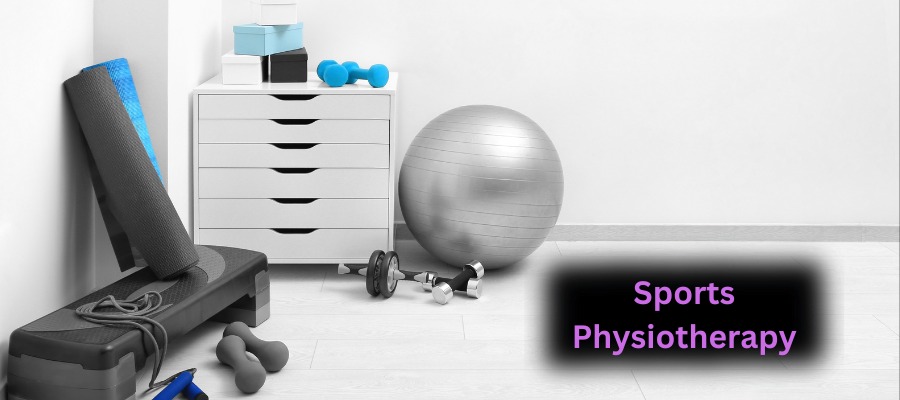Urinary incontinence is a common condition that affects millions of people worldwide, causing embarrassment, anxiety, and a significant impact on quality of life. While it is often associated with aging, urinary incontinence can affect anyone, regardless of age or gender. Fortunately, advanced physiotherapy offers a range of effective treatments to help manage and overcome urinary incontinence.
Urinary incontinence is the involuntary leakage of urine, which can range from mild to severe. There are types of urinary incontinence, including:
- Stress incontinence—Leakage occurs when coughing, sneezing, or engaging in physical activity.
- Urge incontinence—A sudden, intense urge to urinate, often accompanied by leakage.
- Overflow incontinence—Continuous leakage due to an overfilled bladder.
The Role of Physiotherapy in Managing Urinary Incontinence
Physiotherapy plays a crucial role in managing urinary incontinence, offering a range of conservative and non-invasive treatments. Advanced physiotherapy techniques can help:
- Strengthen pelvic floor muscles—Pelvic floor muscle training (PFMT) is a key component of physiotherapy for urinary incontinence. By strengthening the muscles that support the bladder and urethra, individuals can improve bladder control and reduce leakage.
- Improve bladder habits-
- Physiotherapists can help individuals develop healthy bladder habits, such as timed voiding and bladder training, to reduce symptoms of urinary incontinence.
- Enhance core stability—Core stability exercises can help improve posture, reduce pressure on the bladder, and enhance overall pelvic floor function.
- Physiotherapists can identify and address underlying issues, such as constipation, coughing, and sneezing, that may be contributing to urinary incontinence.
Advanced Physiotherapy Techniques for Urinary Incontinence

Advanced physiotherapy techniques can provide effective solutions for urinary incontinence, including:
- Electrical stimulation—This technique uses gentle electrical impulses to stimulate the pelvic floor muscles, improving muscle strength and bladder control.
- Biofeedback—Biofeedback therapy uses sensors to provide individuals with real-time feedback on their pelvic floor muscle activity, helping them learn to control and strengthen their muscles.
- Pelvic floor muscle training with EMG—Electromyography (EMG) can be used to assess and train the pelvic floor muscles, providing individuals with accurate feedback on their muscle activity.
- Bladder training programs
Physiotherapists can develop individualized bladder training programs to help individuals gradually increase their bladder capacity and reduce symptoms of urinary incontinence.
Benefits of Advanced Physiotherapy for Urinary Incontinence
The benefits of advanced physiotherapy for urinary incontinence are numerous, including
- Improved bladder control
- Physiotherapy can help individuals regain control over their bladder, reducing symptoms of urinary incontinence.
- Increased confidence—By managing urinary incontinence, individuals can regain confidence and participate in daily activities without fear of embarrassment.
- Enhanced quality of life—Physiotherapy can improve overall quality of life, enabling individuals to engage in social, recreational, and physical activities without restriction.
- Reduced reliance on medication



